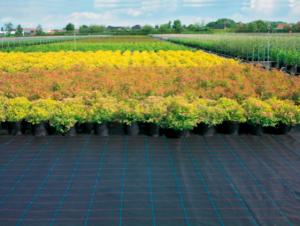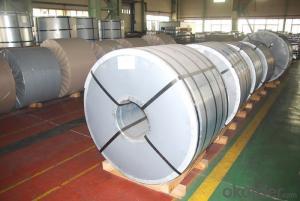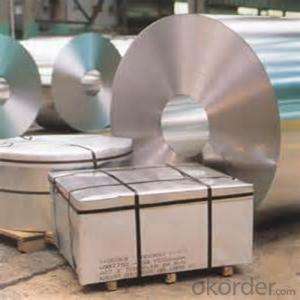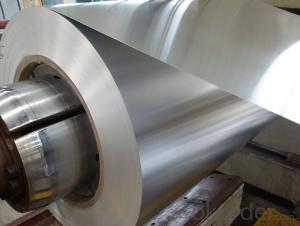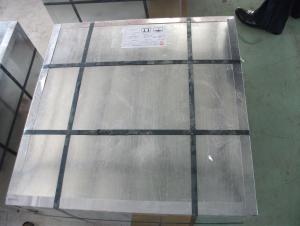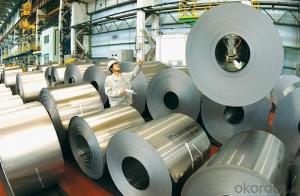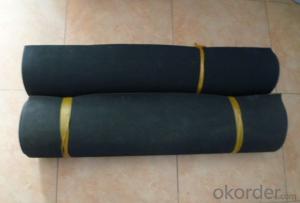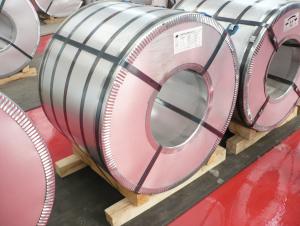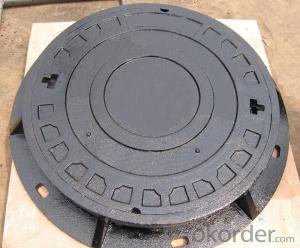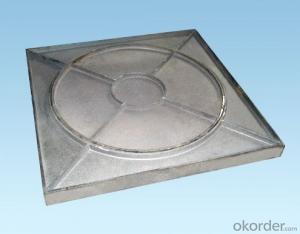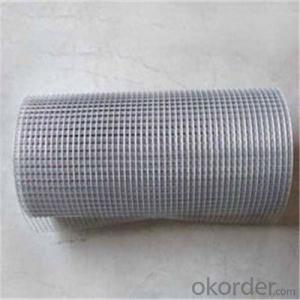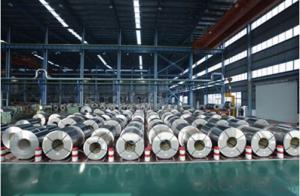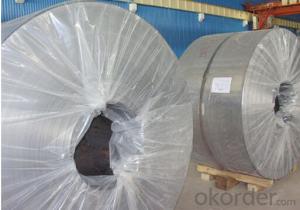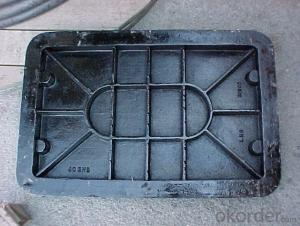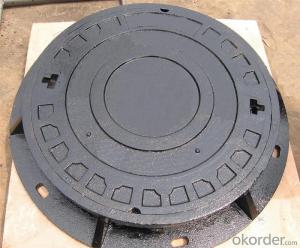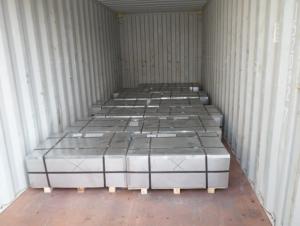Tinplate Cover
Tinplate Cover Related Searches
Galvanized Steel Trash Can Slim Trash Can Stainless Steel Stainless Steel Step Trash Can Tinplate Printing Machine Tinplate Coil Quotes Packaging Tape Art Double Reduced Tinplate Furniture Packaging Materials Mth Standard Gauge Tinplate Tinplate Fire EngineHot Searches
Garden Decorations For Sale Garden Awnings For Sale Esd Mat Price Garden Slabs Sale Garden Bench Sale Garden Supply Company Catalog Local Garden Supply Stores Shade Netting Manufacturers South Africa Shade Net Prices In Sri Lanka Shade Net Manufacturers In Bangalore Shade Net Suppliers In Uae Cost Of Shade Net Per Acre Shade Net House Construction Cost Agro Shade Net Machine Manufacturers Masonry Construction Type Real Estate Builders & Construction Company Buy Shade Net Online India Net Manufacturers Tinplate China Tinplate Stock PriceTinplate Cover Supplier & Manufacturer from China
Okorder.com is a professional Tinplate Cover supplier & manufacturer, offers integrated one-stop services including real-time quoting and online cargo tracking. We are funded by CNBM Group, a Fortune 500 enterprise and the largest Tinplate Cover firm in China.Hot Products
FAQ
- Common sizes and shapes of tinplate containers include round cans, rectangular tins, and square boxes. These containers come in various sizes, ranging from small ones that can hold a few ounces to larger ones that can store several pounds of products.
- Tinplate is typically cut and shaped for different packaging designs using specialized cutting and shaping tools, such as shears, dies, and molds. These tools allow manufacturers to cut the tinplate sheets into desired shapes and sizes, as well as bend, fold, and form them into various packaging designs. Additionally, stamping and embossing techniques may be employed to create intricate patterns and textures on the tinplate. Overall, the process involves a combination of precise cutting, shaping, and forming techniques to achieve the desired packaging design.
- Yes, tinplate can be used for industrial containers. Tinplate is a type of steel sheet coated with a thin layer of tin, which provides corrosion resistance and durability. It is commonly used for manufacturing various types of containers, including those used in the food and beverage industry, aerosol cans, and paint cans.
- Tinplate is considered to be a highly sustainable packaging material when compared to others. It is infinitely recyclable without losing its properties, making it a preferred choice for many industries. Tinplate also has a lower carbon footprint and energy consumption during its production compared to other packaging materials like plastic or glass. Additionally, tinplate offers excellent protection and preservation qualities, extending the shelf life of products and reducing food waste. Overall, tinplate stands out as a more environmentally friendly option in terms of sustainability in packaging.
- One common misconception about tinplate packaging is that it is not environmentally friendly. While tinplate is made from steel, which is a finite resource, it is highly recyclable and can be reused multiple times without losing its quality. Additionally, tinplate packaging has a long shelf life, reducing the need for frequent replacement. Another misconception is that tinplate packaging is easily damaged or dented. However, modern manufacturing techniques have made tinplate packaging highly durable and resistant to external pressures, ensuring the protection of the products inside.
- Tinplate is commonly used in the manufacturing of kitchenware due to its excellent corrosion resistance and its ability to preserve the flavor and freshness of food. It is often used to create canisters, containers, and food packaging, providing a protective layer that prevents contact between the metal and the food. Tinplate also offers an attractive and shiny appearance, making it a popular choice for the production of kitchen utensils like cookware, cutlery, and baking trays.
